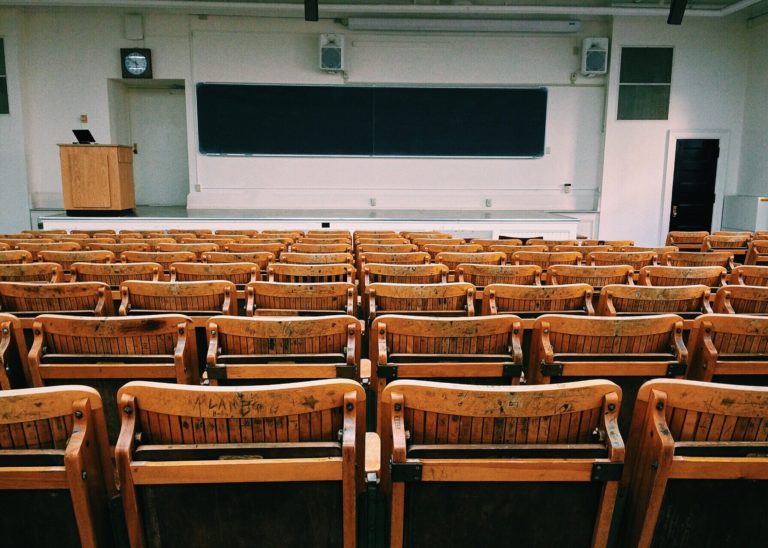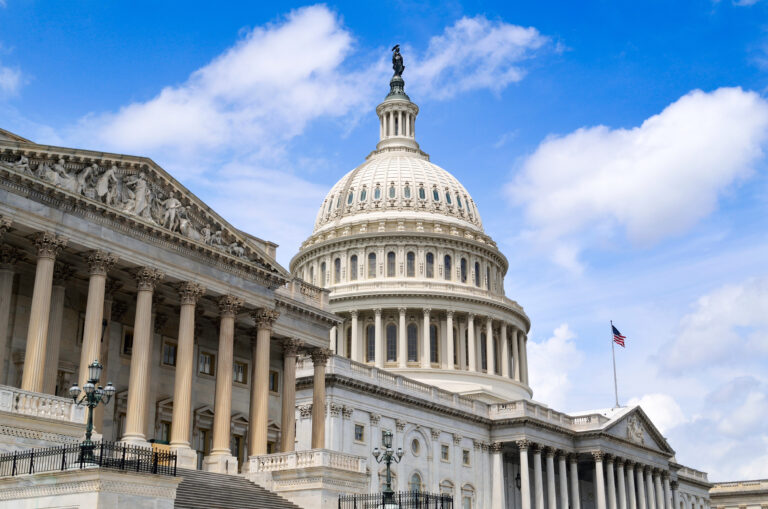Note from our editors: On January 13, 2025, the National Student Clearinghouse Research Center (NSC) shared in a statement that its team found a methodological error in their calculation of 2024 freshmen enrollment data, initially released in October 2024. Because of this oversight, the originally published data set referenced in this article is not reflective of actual enrollment trends. Our breakdown of the corrected data is available here.
On December 2, National Student Clearinghouse Research Center (NSCRC) released a special analysis of its latest postsecondary enrollment data, commissioned by the National College Attainment Network (NCAN). It’s not pretty.
These findings—which include data from nearly 80% of all participating institutions, representing more than 1.4 million 18-year-old freshmen enrolled nationally—are up to date as of October 31:
- 18-year-old freshmen enrollment is down 5% across all institutional types, with declines recorded in 46 states. Freshman enrollment declined across all race and ethnicity groups, particularly of white (-10%), Multiracial (-8.3%), and Black (-8.2%) students. Female and male freshmen enrollment has fallen at the same rate (about 6%).
- Public and private nonprofit 4-year institutions are being hit the hardest, with enrollment declines triple that of public two-year institutions, which may indicate that students are seeking shorter, less expensive educational pathways in lieu of a bachelor’s degree.
- Institutions that serve high populations of Pell grant-eligible students are experiencing declines across all sectors, but especially private nonprofit 4-year institutions (-10%). Interestingly, high Pell-serving two-year institutions had the least significant enrollment losses for this fall (<1%) and experienced overall enrollment gains between fall 2022-2024 (+4.7%).
- For highly selective public and private 4-year schools, freshmen enrollment has plummeted, especially among Black (-16.9%), Multiracial (-14.2%), and Asian (-10.3%) students. White students and Hispanic students saw less precipitous declines (-5% and -7.9%, respectively).
NCAN’s Elizabeth Morgan had this to say about the findings: “NCAN believes the delayed and dysfunctional 2024-25 FAFSA was the greatest detractor for enrollment overall. Other factors included the U.S. Supreme Court decision against the consideration of race in admissions as well as potentially the increasing cost of living, the lack of sufficient need-based financial aid, and lingering effects on students from their pandemic experiences. Also, a growing percentage of students who decline to share their race or ethnicity with their postsecondary institution is another possible factor when looking at the data. We’ll need more years of data, however, to separate the FAFSA factor from the other potential issues.”
But it’s just as much about what caused enrollment to plummet as it is about what could happen to colleges as a result.
Researchers affiliated with the Federal Reserve Bank of Philadelphia recently released a new working paper, which offers a “state-of-the-state” on institutional closures and sheds light on what conditions make a college more likely to shut down. Their findings suggest that enrollment declines are likely to “significantly increase” annual college closures.
This is particularly true for colleges that are reliant on tuition dollars to keep the doors open and lights on. The most important source of revenue for private nonprofit and for-profit colleges (and second-most important source for public colleges) is revenue from tuition and fees, meaning these types of institutions are at higher financial risk than those with large endowments.
“Outside of the wealthiest 100 or so private colleges and many flagship public universities, most of higher education is struggling to balance budgets,” said Robert Kelchen, author on the report and head of the Department of Educational Leadership and Policy Studies at the University of Tennessee, Knoxville.
However, according to Kelchen, at-risk institutions are bracing for financial challenges associated with falling enrollment and are adapting to survive. “I don’t anticipate an enormous wave of closures, but the rate of closures will likely tick up a bit in the coming years. It would go substantially higher, but colleges are being more proactive to cut costs—academic departments, faculty, and staff—in an effort to stay ahead of financial challenges,” he said.
But when colleges can’t weather these storms, the communities in which they are based suffer.
A growing body of research suggests that the presence of a college can impact a community’s economic health. Higher ed institutions create steady jobs for local workers, serve as anchors for medical centers and hospitals, and help prepare people to work in economically vital industries—via traditional degree programs or non-degree credentials. In more rural areas, colleges serve as local hubs where the promise of educational opportunity and economic mobility are served up alongside civic engagements, arts and entertainment, and reliable support services. For many communities, a college closure is a devastating loss. [The New York Times, subscription model]
Enrollment can bounce back.
Enrollment declined dramatically during the pandemic, and then rebounded in 2023. Young people are still interested in earning a college degree, according to research by the nonprofit Common App, which showed a 10% YOY increase in applicant volume to its member schools as of November 1. [USA Today]
The 2025-26 FAFSA rollout has shown promise, and Congress has made a strong effort to solidify the rollout process for future years. [Inside Higher Ed]
Colleges are also taking steps to attract students back to campus:
- Schools nationwide have embraced direct admissions policies, in which they proactively offer admission to qualified students who haven’t yet applied. Common App President and CEO Jenny Rickard says direct admissions practices help students know they are “worthy and welcome” on college campuses. [Forbes, subscription model]
- Other institutions such as MIT, the University of Texas, and Carnegie Melon have recently gone tuition-free for students with financial need to improve affordability. [MONEY]
- Finally, some schools are beefing up their alternative credential offerings to meet increased demand for faster, more affordable pathways to the workforce. [Inside Higher Ed]




